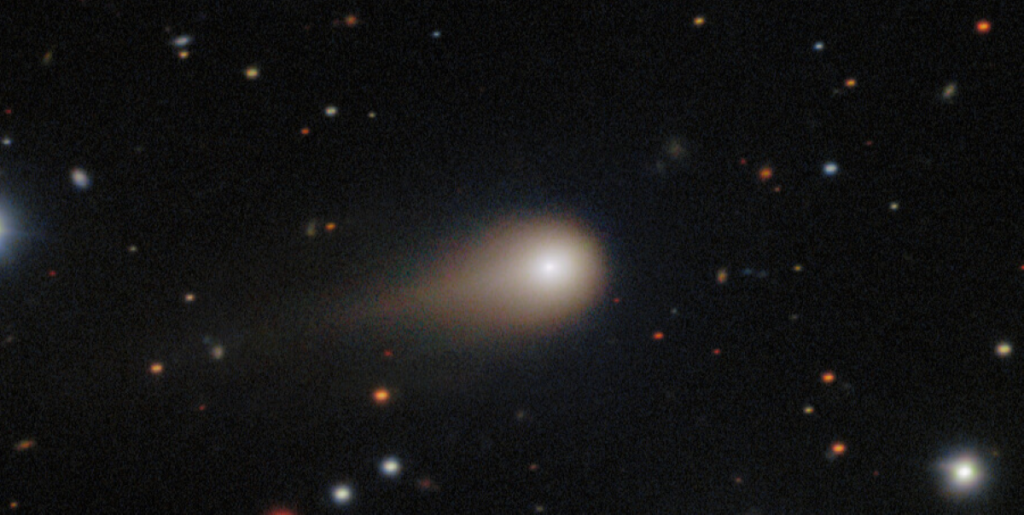Interstellar visitors are rare, and chances to taste their chemistry without leaving our neighborhood are rarer still.
Others are reading now
As comet 3I/ATLAS races sunward, a well timed alignment could let a U.S. spacecraft sample its trailing ions from afar.
Rare alignment
Two European researchers predict that NASA’s Europa Clipper may soon sit in the path of ions stripped from 3I/ATLAS by the solar wind.
The flyby geometry would be harmless for the spacecraft, yet scientifically rich, a chance to catch particles from beyond our system.
“We have virtually no data on the interior of interstellar comets and the star systems that formed them,” said Samuel Grant of the Finnish Meteorological Institute.
“Sampling the tail in this way is the closest we can currently get to a direct sample of such an object, and thus a different part of the galaxy.”
Also read
Their forecast places the alignment between Oct. 30 and Nov. 6, when the positions of the sun, comet, and spacecraft line up to carry cometary ions toward Europa Clipper.
Ion tail basics
Comets shed dust and gas as sunlight warms their surfaces, building a bright coma and two distinct tails.
The dust tail follows the comet’s track, while the ion tail is pushed away from the sun by the solar wind.
“We study cometary bodies because they act as time capsules, sealing in material from their formation billions of years ago,” said Grant.
This material streams outward as ions, forming a tail that always points away from the sun.
Also read
Hurdles ahead
Europa Clipper is in cruise and not all instruments are powered.
The article notes that a U.S. government shutdown could complicate any plan to switch on particle detectors during the brief alignment window.
Even with instruments ready, success depends on space weather.
The solar wind must flow in a direction that carries the comet’s ions to the spacecraft and with enough strength to push heavier species that far.
How scientists track
Grant and Geraint Jones used their Tailcatcher code to follow packets of solar wind from the sun to a spacecraft and compare each path with the comet’s position.
Also read
“We use the velocity measured at [a packet’s] arrival to trace back the path it took to travel from the sun to the spacecraft, and we can compare this path to the position of the comet,” said Grant.
If the paths overlap near the comet, spacecraft instruments could detect a mix altered by cometary material.
Distinct chemistry and subtle changes in flow would signal an ion tail encounter.
Key dates and distances
3I/ATLAS reaches perihelion on Oct. 29 at about 126 million miles from the sun, inside the orbit of Mars.
Europa Clipper cruises at roughly 186 million miles from the sun after a recent Mars flyby.
Also read
The European Space Agency’s Hera spacecraft may also cross wind streams that interacted with the comet between Oct. 25 and Nov. 1, but it lacks sensors for charged particles and magnetic fields.
Europa Clipper carries those instruments for its primary mission at Jupiter.


